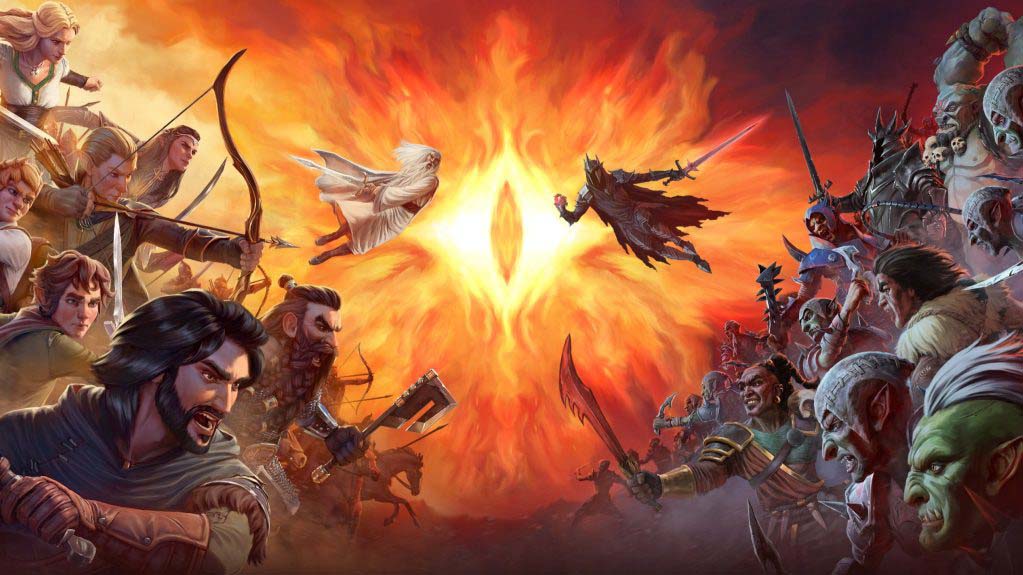A topic that fascinates many people is that of ghosts. Let us examine this phenomenon and see what esoterics has to say about it. A family ghost may be (1) a thought form, (2) an unusually vivid impression in emotional elemental matter, or (3) a genuine earth-bound ancestor, still haunting some particular place. In this connection, it may be added that wherever any intense passion has been felt, such as terror, pain, sorrow, hatred, etc., so powerful an impression is made on the emotional matter that anyone with even a glimmer of psychic faculty may be receptive to it. A slight temporary increase in sensitivity could enable a person to visualise the entire scene. Consequently, many stories of haunted places and of the unpleasant influences of such spots as Tyburn Trees, where people were hanged, and the Chamber of Horrors at Madame Tussaud’s, abound.
Apparitions at the spot where a crime was committed, are usually thought forms projected by the criminal who, whether living or dead, but mostly when dead, is perpetually thinking over again and again the circumstances of their actions. Since these thoughts are especially vivid in their mind on the anniversary of their crime, it may transpire that the thought-form is strong enough to materialise itself so as to be visible to physical sight, thus accounting for many cases where the manifestation happens periodically. Similarly, a jewel, which has been the cause of many crimes, may retain the impressions of the passions prompting the crimes, with unimpaired clarity for many thousands of years and the jewel continues to radiate them.
A thought of phenomenal energy and concentration, whether it be a blessing or a curse, calls into being an elemental, which is practically a living storage battery with a kind of clockwork attachment. It can be arranged to discharge itself regularly at a certain time, or upon a certain anniversary, or its discharge may be contingent upon certain occurrences. Many instances of this class of elemental are on record, particularly in the Highlands of Scotland in days gone by, where physical warnings occur before the death of a member of the clan family. In these cases, it is usually the powerful thought form of an ancestor, which gives the warning, according to the intention with which it was charged.
A sufficiently strong wish – a concentrated effort of intense love or deep hate – can create an elemental entity, an entity which would then be disconnected from its creator and would carry on its appointed work irrespective of later intentions and desire on the creator’s part. Deciding to undo the effect of this elemental is as about as easy as stopping a bullet after it is fired from a gun. However, all is not lost. If you know what you doing, you can send a chasing thought after the first one with the opposite intention and nullify the effect of the first thought. This form of negative thought projection, leading to the construction of powerful emotional elementals was rife in Atlantis. Huge damage was done and I wonder how many of these elementals are still active in our environment today. On a more humorous note, imagine the elemental exchange between teenage lovers. I love you; I hate you; I love you again. You can just see the poor elemental standing there thinking, ” What am I supposed to do? Will you make up your mind”.
Occasionally an elemental of this class, being unable to expend its force, either upon its object or its creator, may become a kind of wandering demon and be attracted by any person who harbours similar feelings. If sufficiently powerful, it may even size upon and inhabit a passing emotional shell, in which it can foster its resources more carefully. In this form it may manifest through a medium, and, by masquerading as a well-known friend, obtain influence over people upon whom it would otherwise have little hold. Do you remember what a shell is? This goes way back in my presentations, where we discuss life in the Emotional World. When a monad removes its focus to the Mental World, it leaves behind its emotional envelope, which is now a shell. This can be animated by mischievous elementals and nature spirits.
Such elementals, whether formed consciously or unconsciously, which have now become wandering demons, invariably seek to prolong their life, either by feeding like vampires upon the vitality of human beings, or by influencing them to make offerings to them. Among some indigenous tribes, these elementals have frequently succeeded in getting themselves recognised as village or family gods. The less objectionable types may be content with offerings of rice and cooked foods: the lowest and most loathsome class demand blood sacrifices. Both varieties existed in India and in greater numbers in Africa. The Greek myths abound with stories of gods and goddesses, who resided in temples in the town and protected its citizens as long as they were suitably supplicated. We think of this as just fanciful myths, but myths are always based on some form of truth. The truth in this case is not a high-minded god, but a demon.
By drawing mainly upon the vitality of their devotees and also upon the nourishment they can obtain from the offerings, they may prolong their existence for years, or even centuries. They may even perform occasional phenomena of a mild type in order to stimulate the faith and zeal of their followers and they invariably make themselves unpleasant in some way or other if the sacrifices are neglected.
The black magicians of Atlantis – the “Lords of the Dark Face” – seem to have specialised in this type of artificial elementals, some of which, it is hinted, may have kept themselves in existence even to this day. The terrible Indian goddess, Kâli, may well be a relic of this type. I have wondered why such low-functioning monads, with passive consciousness, should be so determined to maintain their existence and be so vile. An answer may lie in the fact that they, like us, obey the Law of Development. Their development is involution. They want to descend further into matter. They unconsciously seek grosser form and function. We can not blame them for being what they are and what they do, after all, we set them up in the first place with our thought forms. We reap what we sow.
The vast majority of thought forms are simply copies or images of people or other material objects. They are formed first within the mental body and then pass outwards and remain suspended before the person. This applies to anything about which one may be thinking: people, houses, landscapes, or anything else. A painter, for example, builds out of the matter of their mental body, a conception of their future picture, projects it into space in front of themselves, keeps it before their “mind’s eye”, and copies it. This thought and emotion form persists and may be regarded as the unseen counterpart of the picture, radiating out its vibrations and affecting all who come within its influence. Similarly, a novelist builds in mental matter, images of their characters and then, by their will, moves these puppets from one position or grouping to another, so that the plot of the story is literally acted out before them.
A curious effect arises in such a case. A playful nature spirit may ensoul the images and cause them to do things other than those which the author intended them to do. More frequently a dead writer may perceive the images and, being still interested in the craft of writing, may mould the characters and influence their actions according to their own ideas. The actual writer thus often finds their plots working themselves out according to a plan quite different from their original conception. In reading a book, it is possible for a genuine student, with attention fully concentrated, to get into touch with the original thought form, which represents the author’s conception as they wrote. Through the thought form, the author may even be reached and additional information thus obtained, or light gained on difficult points. I wonder if this is how Christopher Tolkien continued the stories initiated by his father.
There are in the mental and emotional worlds, many renderings of well-known stories, each nation usually having its special presentation, with the characters dressed in its own particular national garb. There thus exist excellent and life-like thought forms of people like Sherlock Holmes, Robinson Crusoe, Shakespearean characters, etc. I would be particularly interested in Thomas the Tank Engine.
In fact, there are on the emotional plane, vast numbers of thought forms of a comparatively permanent character, often the result of the cumulative work of generations of people. Many of these refer to alleged religious history and the sight of them by sensitive people is responsible for many quite genuine accounts given by untrained clairvoyants. Any great historical event, having been constantly thought of and vividly imaged by large numbers of people, exists as a definite thought form on the mental plane and wherever there is any strong emotion connected with it, it is materialised also in emotional matter and consequently can be seen by a clairvoyant. What has just been mentioned applies equally, of course, to scenes and situations in fiction and drama. I wonder how many “Enterprises” are flying around the galaxy.
Considered collectively, it is easy to appreciate the tremendous effect that these thought forms or artificial elementals have in producing national and racial feelings and thus in biasing and prejudicing the mind: for thought forms of a similar kind tend to aggregate together and form a kind of collective entity. We see everything through this atmosphere, every thought is more or less refracted by it and our own emotional bodies are vibrating in accord with it. As most people are receptive rather than initiative in their nature, they act almost as automatic reproducers of the thoughts, which reach them and thus the national atmosphere is continually intensified. This fact explains many of the phenomena of crowd consciousness. We are, of course, discussing the phenomena of the egregore.
The influence of these aggregated thought forms extends still further. Thought forms of a destructive type act as a disruptive agent and often precipitate havoc on the physical plane, causing “accidents”, natural convulsions of the earth, storms, earthquakes, floods, crime, disease, social upheavals and wars.
It is possible, also, for dead people and other non-human entities, such as mischievous nature spirits, or example, to enter and vivify these thought images. The trained seer has to learn to distinguish the thought form, even when vivified, from the living being and prominent facts of the emotional world, from the temporary moulds into which they are cast.
When you get your head around just how powerful our thoughts and emotions are and that they are material objects on their own plane of matter, you realise we really are at the mercy of our uncontrolled passions. On that sobering thought, let us adjourn and continue in the next presentation to discuss the third class of emotions.


